A Feature on Crete’s Great Politician: Eleftherios Venizelos
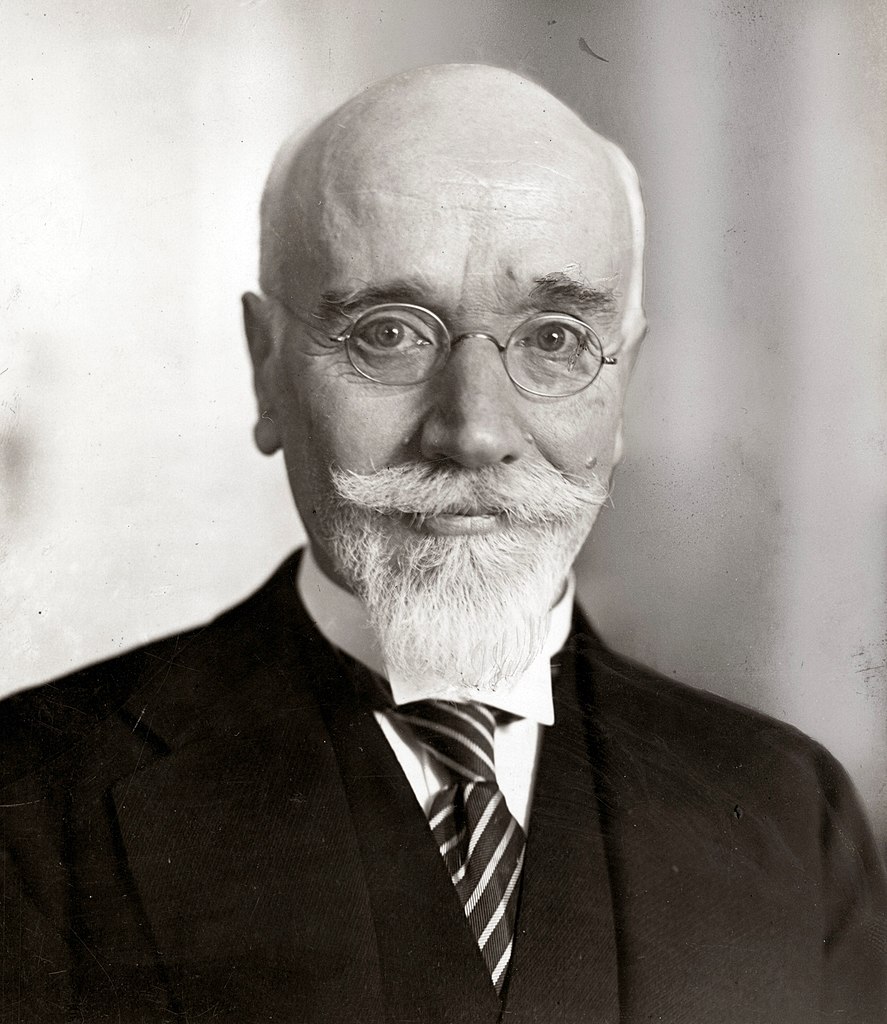
The greatest politician of modern Greece, who connected his name with the vision of Greater Greece.
He dominated the political life of the country from 1910 to 1936. His political activity provoked intense passions for many years and today still reflect in the concepts of „Venizelism“ and „Anti-Venizelism“. He served as Prime Minister of Greece seven times, for a total of twelve years and five months.
Early Life of Eleftherios Venizelos
Eleftherios Venizelos was born on August 23 1864 in Mournies, Chania, and was the fifth child of the merchant Kyriakos Venizelos and Styliani Ploumidaki. His family was forced to leave Crete in 1866 because he was involved in the revolution against the Turks. Thus, young Eleftherios learned his first letters in Syros, where his family took refuge. He finished his high school studies in Athens and Chania, where he returned after the revolution. His father wanted to make him a merchant, but the young boy wanted to expand his horizons and preferred to study law at the University of Athens. In 1886 they awarded him with a doctorate in law with honors. Afterward, he immediately returned to Chania, where he began to practice law and get involved in local politics.
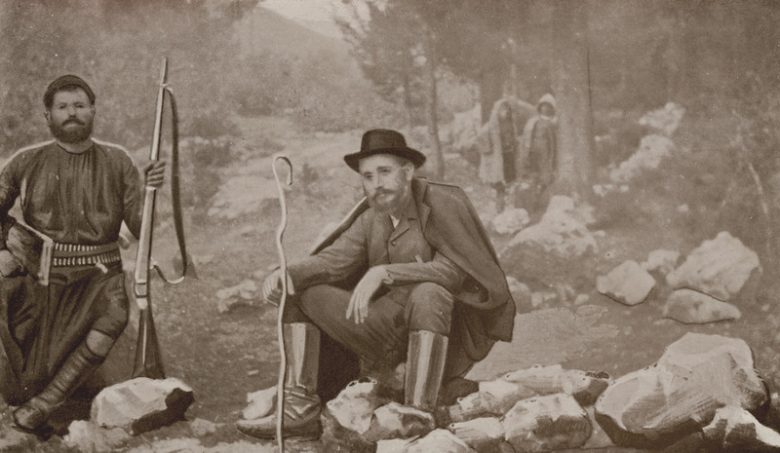
E. Venizelos – Van Den Brule Alfred – 1907 Photo Credit: http://eng.travelogues.gr/travelogue.php?view=72&creator=1028869&tag=8852
Early Career of Eleftherios Venizelos
The people of Chania regularly sent him to the Pariliament of Crete as their representative since 1887. His political ideas and retorical eloquence quickly became apparent. He belonged to the Liberals, more commonly referred to as the „party of the Barefoot“. The name reflects the middle class of the island. Since then, Venizelos has not lacked any revolutionary action against the Turks. When in 1898, the four great powers (England, France, Italy, Russia) proclaimed the autonomy of Crete with the High Commissioner, Prince George of Greece and Denmark, Venizelos was appointed Counselor (Minister) of Justice of the Cretan State. Later, however, he came into conflict with George. In 1901 he was forced to resign and declare the Theriso Revolt (March 10, 1905), to remove the prince from Crete and the unification of the mainland with Greece.
Marriage and Tragedies
In January 1891 he married Maria Katelouzou (1870 – 1894) in Chania. The presence at his wedding of the consuls of the Great Powers revealed the prestige and the relations that the twenty-seven-year-old lawyer had developed. After the wedding, the couple settled in the imposing house of Aleppo and had two children. The shipowner Kyriakos Venizelos (1892-1942) and the military and politician Sophocles Venizelos (1894-1964), who became the country’s prime minister in the early ’50s.
However, the birth of Sophocles in 1894 was to be fatal for twenty-four-year-old Maria. She died unexpectedly from a postpartum infection. Her untimely death shocked Venizelos, who suddenly had two babies, without his beloved wife. Uncomforted by the tragic event, it took him a long time to overcome the loss of his partner. Since then and for the rest of his life, he kept the characteristic beard, as a sign of mourning.
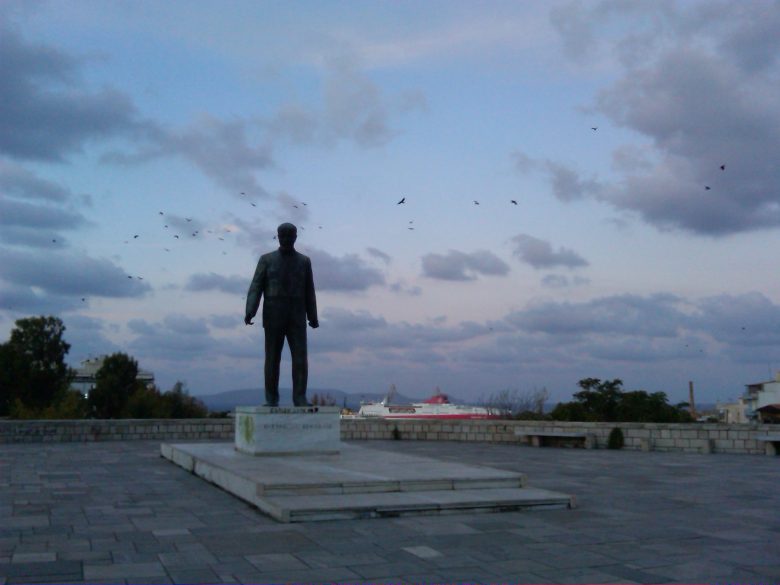
Eleftherios Venizelos Photo Credit: Steven C
Becoming a Recognized Politician
The political change in Greece, as a result of the military movement in Goudi (August 15, 1909), brings him to Athens at the invitation of the „Military Association“. The Athenian people received the Cretan politician with great enthusiasm. In the parliamentary elections of November 28, 1910, as leader of the newly formed Liberal Party, he easily prevailed. The old political class abstained from the electoral process, therefore, it was an easy win. Immediately, Venizelos implemented a broad program of reforms in all areas. The country had not seen such reforms in the eighty years of its free life. His modernizing political will reflected in the 1911 Constitution.
With the reorganization of the army led by the successor Constantine and the conclusion of the Balkan Alliance, he won the liberation wars of 1912-1913 against the Turks (First Balkan War) and the Bulgarians (Second Balkan War). Earlier, the people applauded their choices, giving them another electoral victory on March 11, 1912.
World War I
World War I interrupted his reconstruction work. Venizelos disagreed with King Constantine I of Greece on whether our country should immediately get involved in the war or remain neutral. The pro-English Venizelos supported the direct involvement of our country in the war, while the pro-German king preferred neutrality. It is the time of the deepest „National Divide“ which will take a long time to heal.
Venizelos resigned as prime minister twice in 1915 after winning a landslide election on May 31. The dispute between the two men culminated in November 1916. The dethronement of Constantine and the re-assumption of the prime ministership by Eleftherios Venizelos led to the exit of Greece in the war on the side of Entente.
After the end of the „Great War“, Venizelos achieves another diplomatic triumph with the signing in Paris of the Treaty of Sèvres (July 27, 1920), which creates a great Greece „of two continents and five seas“. However, as he was preparing to return triumphant to Greece, his fanatical opponents made an assassination attempt in Paris. The assassination attempt failed on July 30th.
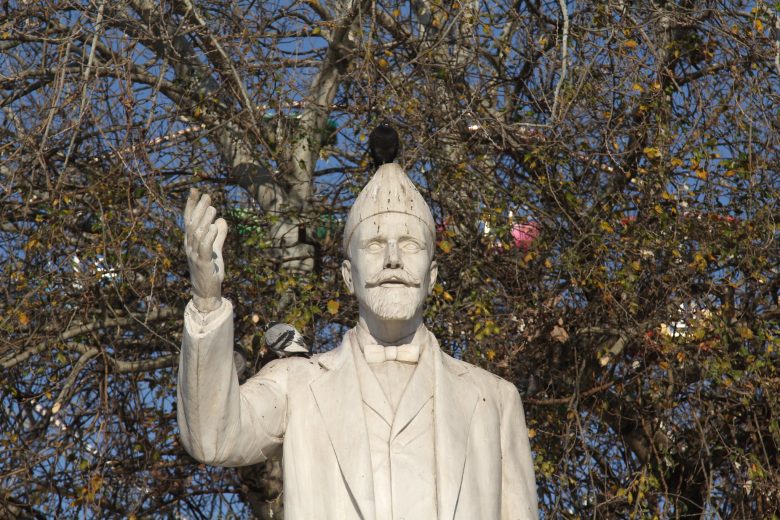
Statue of Eleftherios Venizelos Photo Credit: Tilemahos Efthimiadis
Follow
Diplomacy
In the elections of November 1, 1920, the mediator of the Asia Minor Campaign, Venizelos was defeated and left Greece disappointed, announcing that he was leaving politics. However, he was called upon to contribute with his diplomatic experience and the undoubted international prestige he possessed, to the formation of the Treaty of Lausanne (July 24, 1923), in which defeated Greece was dragged to the battlefields of Asia Minor. On September 15, 1921, he married in London, for the second time. His second wife was Elena Skylitsi (1874-1959), daughter of a rich family of England originating from Chios.
Eleftherios Venizelos returned to the central political scene in 1928. After a long period of political instability, he won the August 19 elections. He ruled until 1932 at a particularly difficult time for the world economy („Wall Street Crash“ of 1929). He carried out important work in many areas such as the Establishment of an Agricultural Bank, the Council of State and National Theater, construction of 3,000 school halls. However, they charged him with the bankruptcy of Greece in April 1932. The foreign relations of the country concluded friendship with Italy and Serbia and laid the foundations of Greek-Turkish friendship with Kemal Ataturk (October 30, 1930).
Forming his Last Government
In January 1933 he formed his last government. In the elections of March 5, the Liberals lost. On June 6, there was another assassination attempt by his political opponents, which again failed. After the new failed movement of his followers against the government of the People’s Party on March 1, 1935, they forced Venizelos to leave Greece and never return.
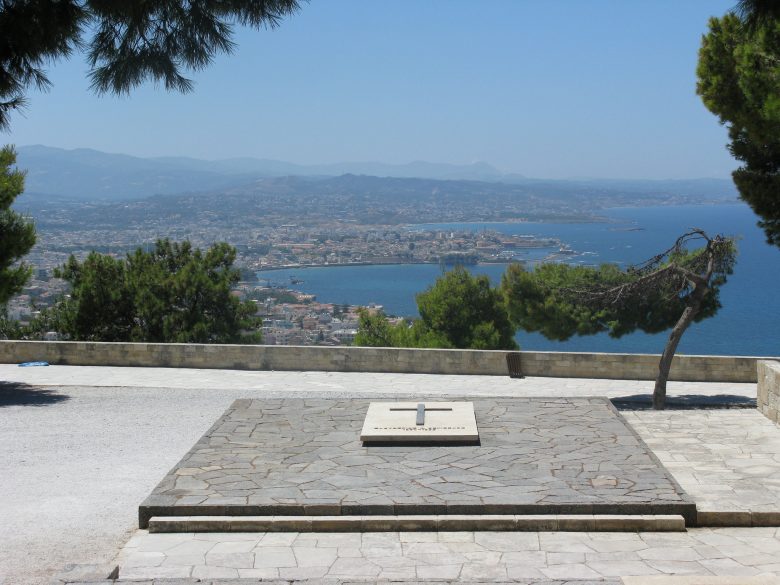
Tomb of Venizelos. Peninsula („akrotiri“) of Chania Photo Credit: Tilemahos Efthimiadis
Final Year
Eleftherios Venizelos died in Paris on March 18, 1936, due to a stroke. They transported his body directly to Crete, for fear of incidents in Athens. He was buried in Akrotiri of Chania, which was inextricably linked to his fighting presence for the realization of his visions.
Contact Elissos Travelling Philosophy to tailor-make your experience based on your interests. Add a little bit of politics, history, and economics in your itinerary and get a full idea of how Greece and Crete were beginning to form as a nation.
Feature Image by Nationaal Archief
